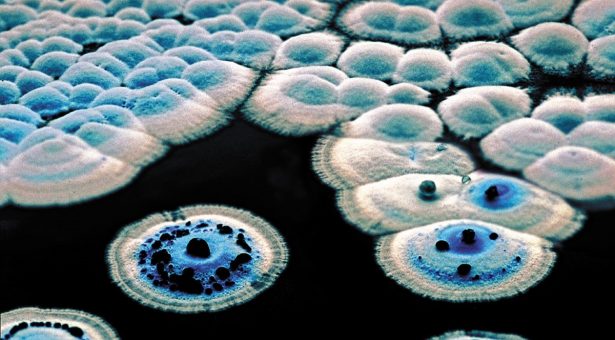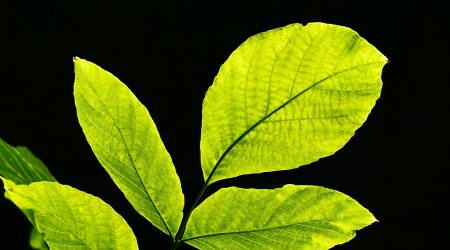Joining the home of Streptomyces research

Within a year of the John Innes Centre moving to Norwich in 1967, we were joined by Sir David Hopwood, beginning over 50 years of research into the bacteria Streptomyces.
Half a century on, we welcome the latest group to join an ongoing quest to understand something so crucial to human health and medicine, led by Professor Matt Hutchings.
We caught up with Matt to understand who he is, what his group will be working on and how he became a leading microbial scientist.
“Until I was about 15 I wasn’t really interested in anything other than sport and drumming. Then, my aunt gave me a book called ‘DNA for Beginners’ and I read about the discovery of the structure of DNA and the molecular machines involved in transcription and translation of DNA. I’ve been hooked ever since.
I’ve been interested in microbiology since I did my PhD and increasingly I want to understand how microbes live and survive in natural environments and how they interact with each other and with plants and animals rather than simply studying them on their own on agar plates.
I study Streptomyces bacteria because they are so important to humans – despite more than 50 years of ground-breaking Streptomyces research at the John Innes Centre, we are only just developing the tools we need to study these bacteria in the wild.
My work is focussed in understanding the roles of Streptomyces and their specialised metabolites, which are small molecules that most likely mediate interactions with other microbes, animals and plants in their natural soil environment. However, we still do not fully understand their functions in nature.
Streptomyces bacteria make lots of specialised metabolites that are widely used in human medicine as antibiotics, immunosuppressants, antiparasitic and anticancer drugs.
The genomes of Streptomyces bacteria, and many other microbes, contain the instructions for making many more specialised metabolites than they actually make when we grow them in the lab. This is presumably because they are required for competition and survival in their natural environment but not when growing in nice, rich, warm culture media.
I want to understand what they are used for in nature, how these bacteria interact with other organisms and to identify the environmental signals that activate production of all their specialised metabolites.
The results from this work would enable us and others to discover many new molecules that could be useful in medicine and also to use these bacteria as plant probiotics so we can reduce the use of agrochemicals that are harmful to the environment.
The John Innes Centre is the home of Streptomyces research and has many brilliant plant scientists, microbiologists and chemists as well as world-leading research facilities. This makes it the ideal place to do research, particularly since I want to study the interactions between Streptomyces bacteria and plants.
I feel fortunate and humbled to be following in the footsteps of Sir David Hopwood, Keith Chater, Mervyn Bibb and Mark Buttner and to work with some many brilliant colleagues. I hope that together we can gain new insights into the ecology of these amazing bacteria”.



